
Review on Renogy Rover 40 Amp MPPT Solar Charge Controller - 12V/24V DC Input, 🌞 LCD Display, Auto Parameter Adjustable, Compatible with Gel Sealed, Flooded, and Lithium Battery Systems by Jeff Bourke

Inexpensive controller is a must for small and camping solar systems
Great replacement for the PWM controller that comes with Renogy Solar. We originally had a Renogy PWM 30 AMP controller and it was an entry-level controller in every way. The previous controller was limited to a 12v battery pack with 2 pairs of wires, one to connect to the solar panel and the other to connect to the battery side. Any load connected to the battery array had to be connected directly to the batteries and not regulated by the controller. They also had to rely on the LED indicators to tell when the controller was in charge mode and when it was in float mode. Sufficient for a beginner controller, but not outstanding. Now let's talk about this controller. First, this controller can work with 12 or 24 volt wiring. 24 volt DC is better than 12 volt DC because it halves the current draw on the DC side. A 1.2A TV running on AC/120V needs 12A on the 12V DC side to meet the same 140W requirement. A 24V DC setting brings the current requirement down to 6A DC, which means your DC wiring sensor doesn't have to be as reliable if it supports a 24V application. Second, the LCD display is great and a must have for solar battery charging of the controller. It's not enough to know that solar cells charge the battery, you can also know how 'fast' they charge the battery and whether the panels need to be tilted for optimal charging speed. The LCD screen also displays an estimate of the percentage of battery remaining in addition to the amp hours delivered by the panels, along with the current accumulation of amp hours delivered by the panels over a period of time and the current battery voltage. Third, it features a pair of positive/negative load leads that allow you to connect loads up to 20 amps DC. There is no need to use load cables to connect battery powered devices, but the added benefit of using them is that your battery array is protected from over-consumption as the cables will interrupt battery usage once it is depleted. a certain amount of discharge to protect the battery array. I've only used the new controller once, but the instructions were easy to follow and I made a laminated copy of the LEDs and menu options as a quick start guide for the kit when hiking. The array is currently powering my 400w (4 x 100w) kit and 2 VMAX 125Ah batteries in parallel, but I am seriously considering doubling the panel array and adding 2 more batteries in a series parallel configuration, to take advantage of 24 volt capabilities This controller. A quick note on Renogy 100W panels. When I measured the charge current of 4 100w panels connected in parallel, I saw a charge rate of 18.5 amps on the new controller, or 4.6 amps per panel. This seemed low to me as 400W/12V is about 33.3A or 8.33A per panel. In speaking with Renogy support, I learned that 100 watts is calculated as 17.9 volts * 5.7 amps, using the maximum charging voltage of each of the panels as the basis for the calculation. Just remember that your controller's charge rate is less than 5 amps per pad. This new controller works as advertised, was relatively cheap for its features and I can update the review again 12 months after its launch. a few more times to check consistency.
- Quality construction
- Requires power outlet
New products
Comments (0)
Top products in 🔋 Jump Starters, Battery Chargers & Portable Power
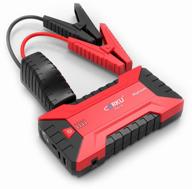
CARKU Pro-10 black/red

91 Review

Mroinge Automatic 6V/12V Trickle Charger For Vehicles, Motorcycles, Boats And More - Maintain Your Batteries With Ease!

29 Review
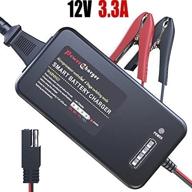
Efficient Charging With LST 7 Stages 5A Battery Charger - 3.3A 12V For Ultimate Performance

35 Review
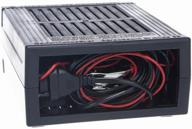
Charger Vympel 57 black

110 Review
Another interesting products
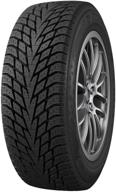
Cordiant Winter Drive 2 255/55 R18 109T

33 Review
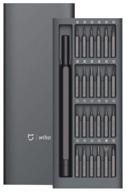
Xiaomi Mi x Mijia Wiha Precision Screwdriver Set (DZN4000CN), 25 pcs

34 Review
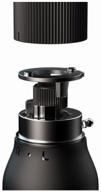
Xiaomi Mijia Ratchet Screwdriver 16 in 1 Screwdriver with Interchangeable Bits, 10 pcs, Black

22 Review
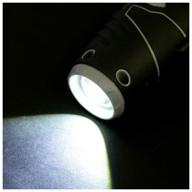
Rechargeable screwdriver OA-3,6F (433.0.2.00), 3.6 V, 1.3 Ah Li-ion, blister

46 Review

